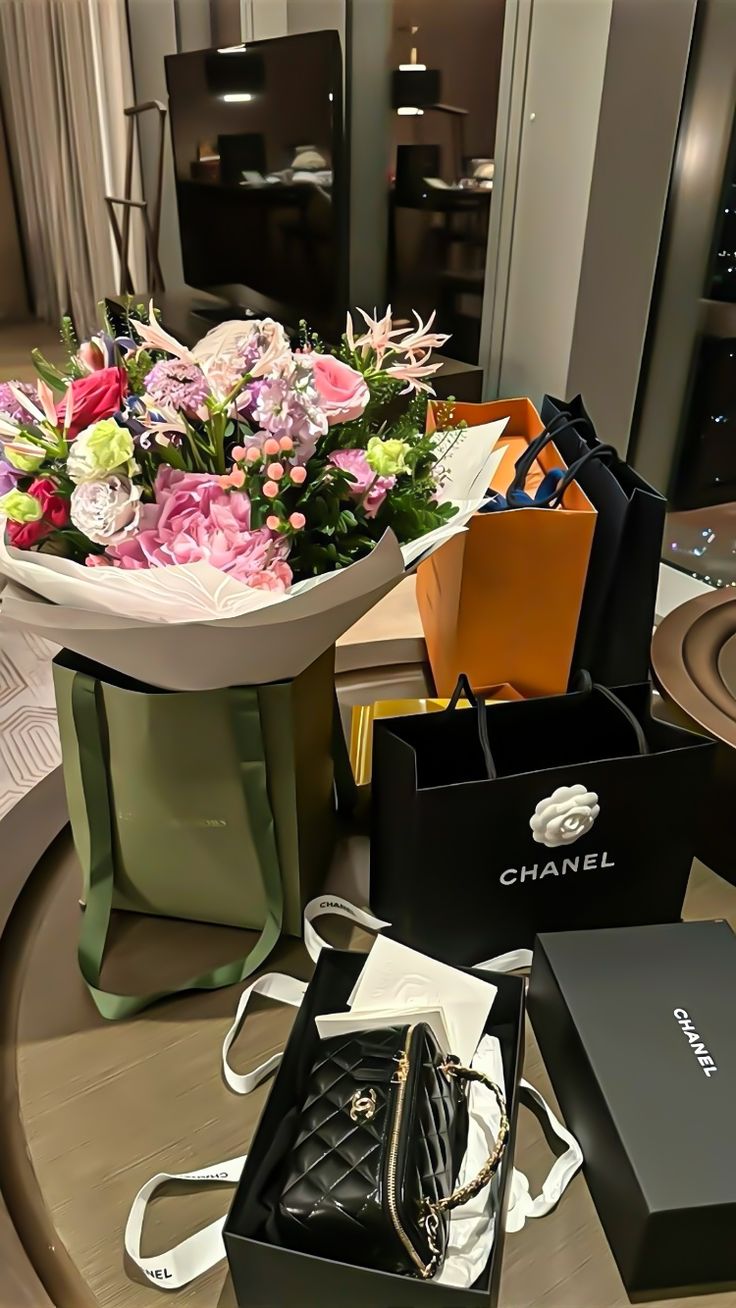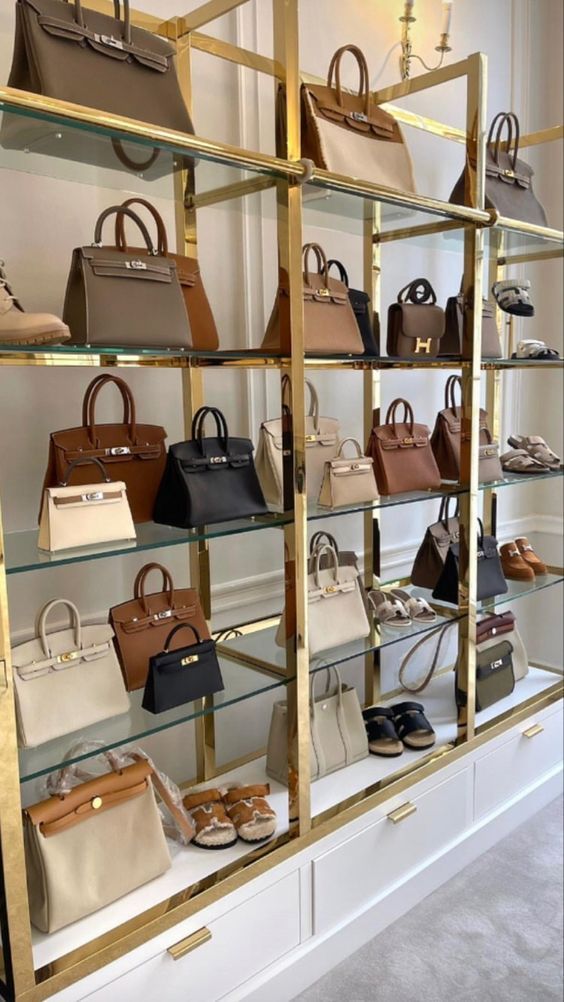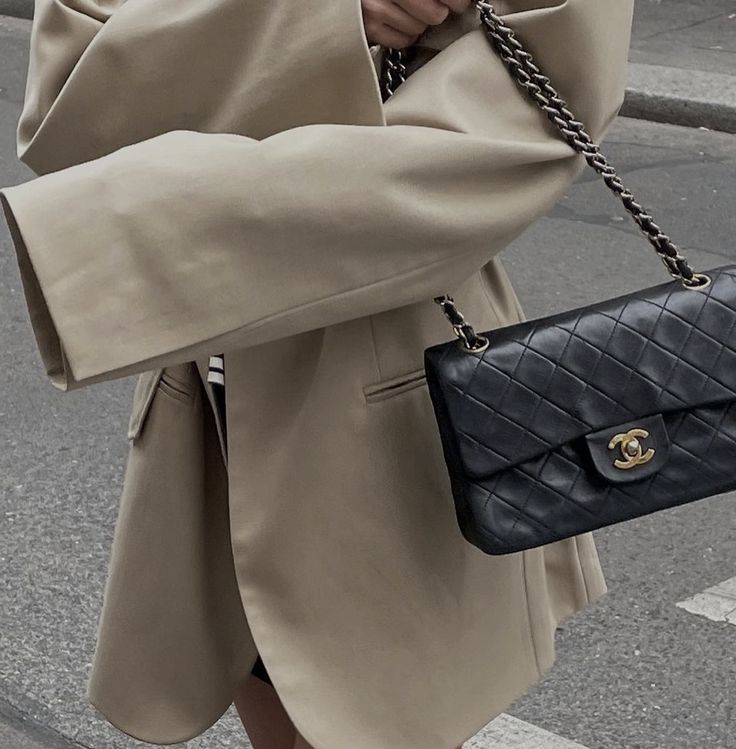If your handbag came with a carbon footprint label, would you still carry it?
The truth is, not all fashion is created equal. While fast fashion promises affordability, it hides a steep environmental cost. In contrast, authentic preloved designer bags—especially those built to last decades—are the unsung heroes of sustainable style.
🧵 The Problem with Fast Fashion
-
60% of all clothing ends up in landfills within one year
(Source: Clean Clothes Campaign) -
The fashion industry is responsible for 10% of global carbon emissions
(Source: UN Environment Programme) -
Most fast fashion bags are made with synthetic plastics and toxic dyes that don’t biodegrade
The biggest issue? Fast fashion is built to be disposable. The stitching fails, the finish peels, and the trend vanishes faster than the tag can be cut off.
♻️ Why Preloved Designer Bags Make a Difference
High-end houses like Chanel and Hermès don’t just create bags—they create heirlooms. These pieces are:
-
Made with natural, high-quality materials (think lambskin, vachetta, and palladium hardware)
-
Designed for decades of wear
-
More likely to be reused, resold, or collected rather than tossed
By purchasing a secondhand designer bag, you:
✅ Reduce demand for new production
✅ Extend the lifecycle of quality craftsmanship
✅ Make a conscious environmental and ethical choice
🌍 Bag Smarter, Dress Better
Luxury isn’t wasteful. When done right, it’s circular.
That preloved Louis Vuitton Speedy isn’t just iconic—it’s sustainable.




Leave a comment